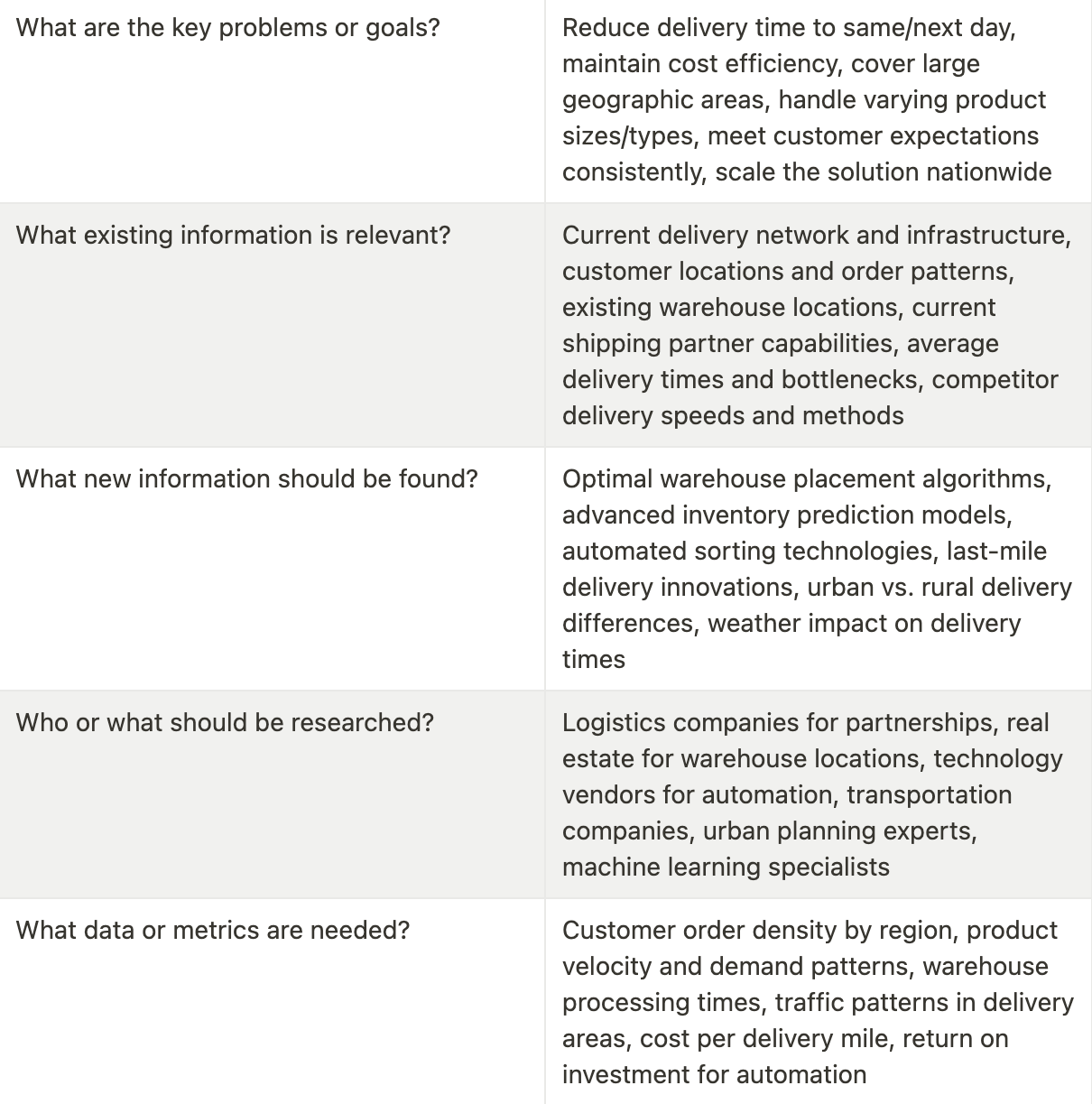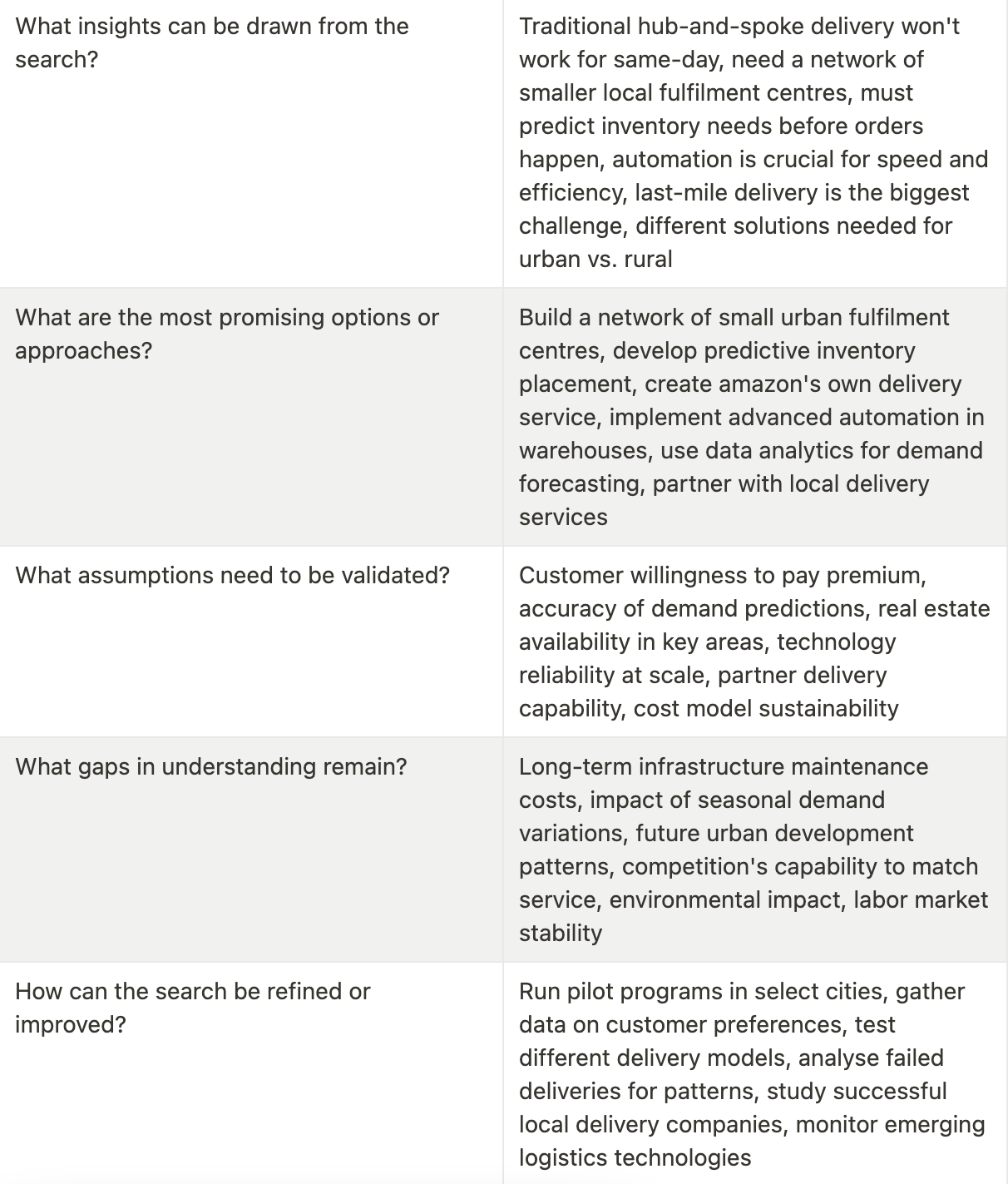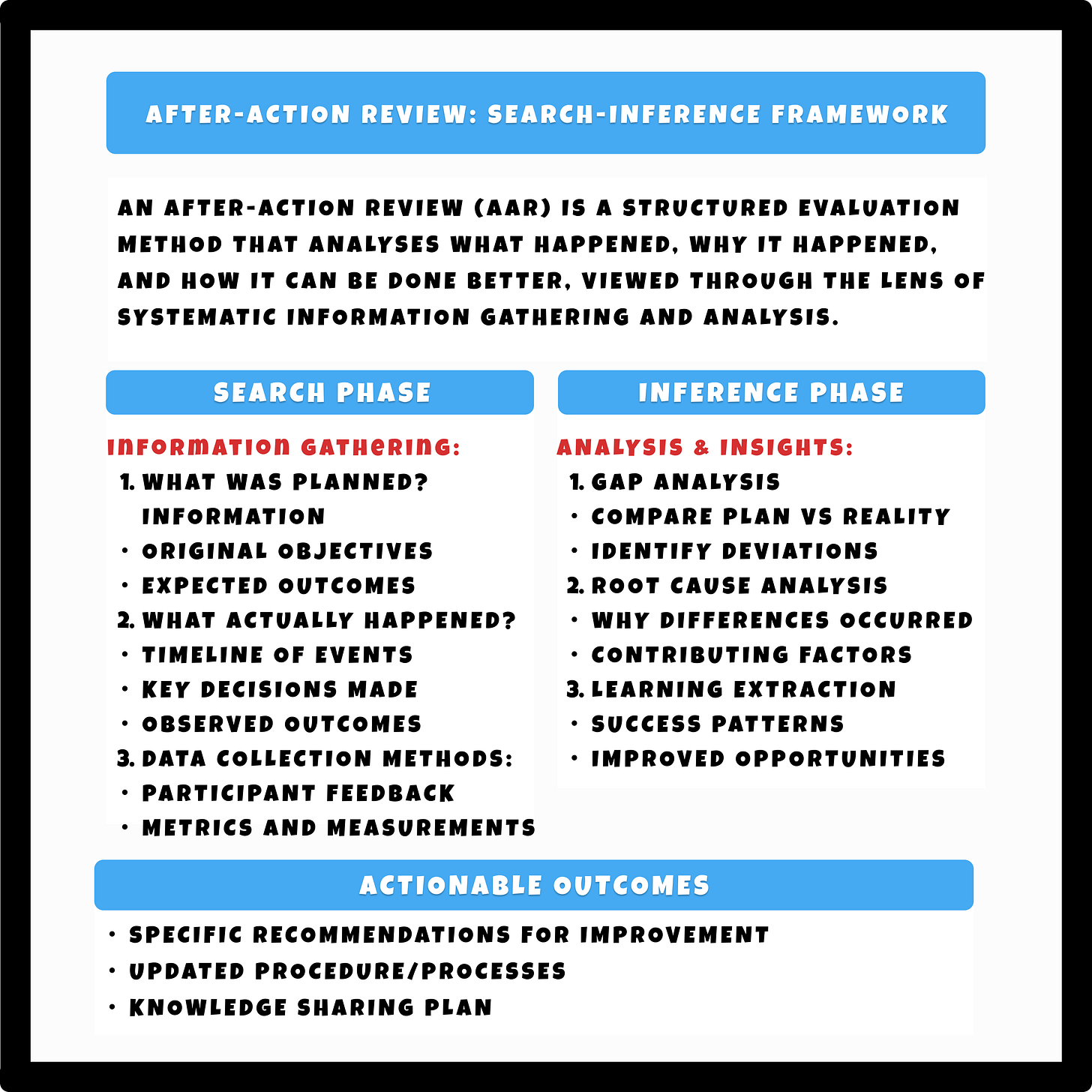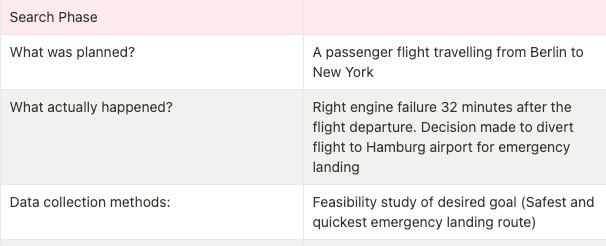When you make a decision, there is usually an outcome that can be deemed as good or bad. When the result is good, we are considered to have made the correct decision, and when the result is bad, the wrong decision. However, we can make a good decision that leads to a bad result and a bad one that leads to a good result.
So how do we know if we’re making good decisions or not?
If you don’t have a system for decision-making analysis, you will never know if you are good at making decisions or not, and if you can’t tell whether you’re making good decisions, how can you even begin to make better decisions?
In my last post, I explained the basics of the search-inference framework and gave an example of how Steve Jobs might have used it to design the first iPhone and how a single parent might use it to find the time to run a marathon.
Today, I want to go deeper and lay out the questions you should ask yourself when using the search-inference framework.
How to Conduct a Proper Search
The first step of the framework is search. When faced with a question, you first need to search for possible answers to whatever goal it is you are trying to achieve. Today, we’ll use Jeff Bezos and Amazon as our walk-through example and answer a question Bezos would have asked himself at some point: “How can I offer my customers same-day or next-day delivery?”
Amazon is the world’s largest e-commerce business, with a whopping market cap of over 2 trillion! To achieve this, they have to sell a lot of things, and because they have to sell a lot of things, they have to store a lot of things as well. For this to work, they will need large centres strategically located, ready and waiting to ship 1 of the 600m products Amazon offers.
Here are some questions Bezos would have had to answer at the search phase:
What are the key problems or goals?
What new information should be found?
Who or what should be researched?
What data or metrics are needed?
What existing information is relevant?
Let’s put these into a table for our search phase:
Once the search phase is complete, the next stage, inference, is where you have to sort through the information and evaluate it based on your overall goal, which in this case is “How can I offer my customers the same or next-day delivery?”
Here are some questions we can ask during the inference phase:
What insights can be drawn from the search?
What are the most promising options or approaches?
What assumptions need to be validated?
What gaps in understanding remain?
How can the search be refined or improved?
And here are some answers to those new questions:
There’s a lot to go through there, but Jeff Bezos’ question of “How can I offer my customers same or next-day delivery?” isn’t easy to answer and requires more thinking than simply just putting more vans on the road. What he now has, though, is plenty to go at and an army of specialists to help him achieve his goal. If he had tried to figure this out in his head like most people do, his head would have exploded.
The search-inference framework is just that, it’s a framework. It’s supposed to be there to help you get on your way by cutting out the first part of the problem “What questions do I need to be asking here?” and instead allows you to go straight into dealing with the question of “How can I offer my customers the same or next-day delivery?”
The search-inference framework is only 1 part of the equation for making better decisions. What happens after you have made your decision? How do you know if you made the correct decision? For that, you will need to conduct some post-decision analysis, and for this, I’ve created an After Action Review card (AAR).
Download a full resolution of the After Action Review card template HERE.
After Action Reviews (AAR) are a structured evaluation method that analyses what happened, why it happened and how in the future improvements could be made. When the decision is final and concrete these can be pulled up any time you are faced with questions similar to beforehand and if the decision is more fluid and changing, then it can be treated as a live document with revisions to track how it changed over time.
Let’s see how a pilot might use this for an emergency landing on a passenger flight.
The inference phase:
Using the example of a pilot doing an emergency landing is a good example because there are clear data points that can be measured, such as, out of the 232 passengers and crew onboard, how many were injured? How many died? What damage was caused to the aircraft or the airport on landing? If the pilot successfully lands the plane with zero injuries, deaths and damage, they’ve probably done a good job.
If you’re making decisions for your business, it’s important to understand what needs to be measured, and that starts with clearly defining it before the search starts. If, for some reason, the pilot had chosen to ignore the engine failure (this is very hypothetical), they would have been in trouble, but people do see the business equivalent of an engine failure and choose to ignore it. When making decisions, you need to be honest with yourself, and that starts with not choosing to ignore the engine failure that is right in front of you.
Until next time, Karl (The School of Knowledge).
Whenever you’re ready
The School of Knowledge helps you understand the world of business through practitioners. Turn insights into actions from those who try, fail and do ( Those with skin in the game). 📚💡
Click below to join our growing community of like-minded doers:








